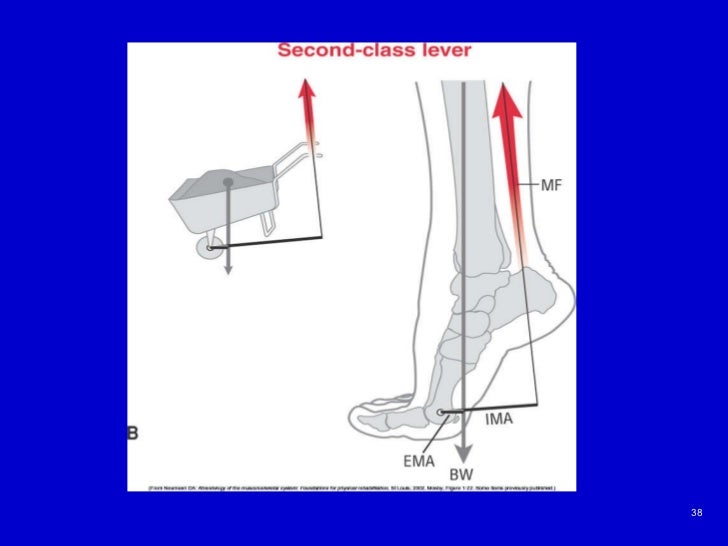Chas Tennis
G.O.A.T.
What happens to cause tennis injuries is very important. Research can't cause injuries for studies, so the information on causes is difficult to pin down. And cameras are rarely on the moves that cause the injuries of average players.
Here is a video of my recent injury. If you have videos either showing a sudden injury or are injured and believe that it might be related to one of your strokes please post related videos. For example, they say that medial epicondylitis, Golfer's Elbow, is related to high level forehands and serves. If you have medial epicondylitis/Golfer's Elbow please post a video of your technque. etc.
Some possible associations found in references on common tennis injuries are:
1) Tennis Elbow - One Hand Backhand
2) Shoulder Impingement - Serve
3) Wrist Injury - Serve, Forehand
4) others, etc.
Videos from posters won't be very reliable indicators of injury causes but some videos may indicate interesting things to look into. Maybe seeing forehands from 10 players who suffer from Golfer's Elbow might show something to point us in the right direction. ?
____________________________________________________________
I happened to have a camera on a platform tennis match when I re-injured a recovering plantar fasciitis injury. I assume that the move in this video is what stressed and caused my recovering injury to suddenly become much more painful than it had been. Probably the plantar fascia tore farther. ? Details in the Vimeo descriptions.
https://vimeo.com/115804312
https://vimeo.com/115802389
Unfortunately, the 60p fps video is saved in Vimeo as 30 fps for playback, half the frames are discarded. (If you downloaded it soon after uploading, 2-3 days?, before Vimeo processing you may get all 60 fps.)
The next 3 replies have the 12 frames at 60 fps to show the motion and foot position believed to have caused the injury.
Here is a video of my recent injury. If you have videos either showing a sudden injury or are injured and believe that it might be related to one of your strokes please post related videos. For example, they say that medial epicondylitis, Golfer's Elbow, is related to high level forehands and serves. If you have medial epicondylitis/Golfer's Elbow please post a video of your technque. etc.
Some possible associations found in references on common tennis injuries are:
1) Tennis Elbow - One Hand Backhand
2) Shoulder Impingement - Serve
3) Wrist Injury - Serve, Forehand
4) others, etc.
Videos from posters won't be very reliable indicators of injury causes but some videos may indicate interesting things to look into. Maybe seeing forehands from 10 players who suffer from Golfer's Elbow might show something to point us in the right direction. ?
____________________________________________________________
I happened to have a camera on a platform tennis match when I re-injured a recovering plantar fasciitis injury. I assume that the move in this video is what stressed and caused my recovering injury to suddenly become much more painful than it had been. Probably the plantar fascia tore farther. ? Details in the Vimeo descriptions.
https://vimeo.com/115804312
https://vimeo.com/115802389
Unfortunately, the 60p fps video is saved in Vimeo as 30 fps for playback, half the frames are discarded. (If you downloaded it soon after uploading, 2-3 days?, before Vimeo processing you may get all 60 fps.)
The next 3 replies have the 12 frames at 60 fps to show the motion and foot position believed to have caused the injury.
Last edited:













